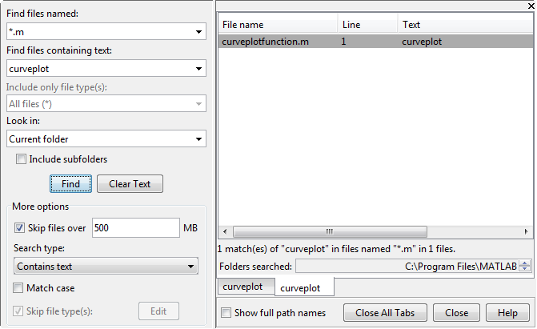
Define Unknown Variables In Matlab 2009 How To Manipulate Them
Here, represents the unknown (dependent variable) and represents the independent variable. Step 2: Comparing the model prediction to the dataNote: In earlier sections, the vector represented the unknown. The command syms is used to declare the different variables in the MATLAB. Here, in the tutorial Declaration of variables in MATLAB, I will show you that how the variables can be declared in the MATLAB and how to manipulate them without assigning them with the values. Declaration of Variables in MATLAB.

Type the syms statement, the values for aand band the expression, (1), at the command line in MATLAB.Unknown problem in solver (try using debug-flag in sdpsettings) (Reference. In addition, the entire expression is referred to as a symbolic expression. Step 3: Finding the best fitting parameterBecause the variables on the right of the equality are symbolic variables, then fis (implicitly) dened as a symbolic variable in this expression.
That is, if x is theStimulus intensity, the increment threshold is kx, where k is the 'Weber fraction'. Weber's law states that the ability for a subjectTo notice an increase in stimulus intensity is proportional to the starting, or baseline intensity. Holding variables constant while fitting.We'll start with a simple example where our model has just one parameter. Model fitting with more than one parameter. Model fitting weighting by individual measurements. Model fitting weighting by standard error of the mean.
WithOne parameter this seems a little silly, but it'll make sense when we add more parameters.Here's a structure containing a starting guess at the Weber fraction 'w': startingW =0.09 %make this a variable to use later.Our function 'predictWeight' is a single line function that will take in this structure as its first argument, and the listOf baseline values as the second argument:%%%%%%%%%%%%%%%%%%%%%%%%%%%%%%%%%%%%%%%%%%%%%% %function pred = WebersLaw(p,x) % %pred = p.w*x % %%%%%%%%%%%%%%%%%%%%%%%%%%%%%%%%%%%%%%%%%%%%%%Legend(, 'Location', 'NorthWest') Fitting "WebersLawErr" with 1 free parameters.The new best fit takes into account the error bars so that data points with smaller error bars are weighted more heavily.You can think of this as making the model prediction overlap more with the error bars, rather than simply trying to get closeIn this example, the last data point (highest baseline value) is noisy, so the model's constraint to fit this point is relaxed.This causes the best fitting Weber fraction to change so that the prediction moves away from this noisy data point. The parameter is the WeberFractionWhich is the slope of the line of the data in figure 1.We'll use a specific convention for how we represent our parameters which is to place them inside a single structure. This function needsTo take in a single parameter and the baseline weights and return a prediction of the data. LetThe corresponding increment thresholds for a subject be:Y = H1=plot(x,y, 'ko', 'MarkerFaceColor', 'k') We're now ready for the first step - writing the function containing the model that predicts the data. This wouldUse a psychophysical method such as 'two-alternative forced-choice' (2AFC) that we don't need to deal with right here. Subjects were given starting weights (in Kg) of the following values:Increment thresholds are defined here as the increase in weight that can be detected correctly 80% of the time.


 0 kommentar(er)
0 kommentar(er)
